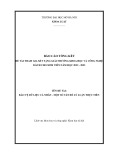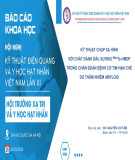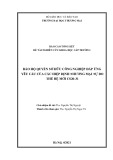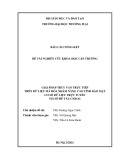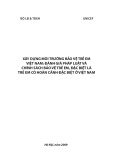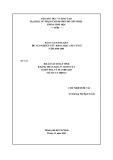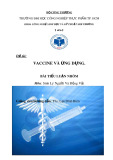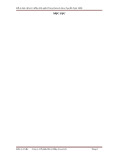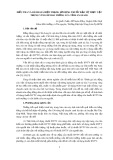
Expression and secretion of interleukin-1b, tumour
necrosis factor-aand interleukin-10 by hypoxia- and
serum-deprivation-stimulated mesenchymal stem cells
Implications for their paracrine roles
Zongwei Li, Hua Wei, Linzi Deng, Xiangfeng Cong and Xi Chen
Research Center for Cardiac Regenerative Medicine, Chinese Academy of Medical Sciences & Peking Union Medical College, Beijing, China
Introduction
Ischaemic heart disease is a life-threatening condition
that may cause sudden cardiac failure and death.
Many researchers have investigated cell transplantation
as an alternative treatment for heart disease. Bone
marrow-derived mesenchymal stem cells (MSCs) are
easily obtainable and expandable, multipotent progeni-
tor cells [1] that have emerged as attractive candidates
for cellular therapies for heart and other organ-system
disorders [2]. Although several mechanisms have been
proposed for the cardioprotective effects of MSCs,
including cardiomyocyte regeneration, spontaneous cell
fusion and paracrine action [3], there is a growing
Keywords
IL-10; IL-1b; mesenchymal stem cell;
paracrine; TNF-a
Correspondence
X. Chen; X. Cong, Research Center for
Cardiac Regenerative Medicine, The
Ministry of Health, Cardiovascular Institute
& Fu Wai Hospital, Chinese Academy of
Medical Sciences & Peking Union Medical
College, 167 Beilishilu, Beijing 100037,
China
Fax ⁄Tel: +86 10 88398584
E-mail: chenxifw@yahoo.com.cn;
xiangfeng_cong@yahoo.com.cn
(Received 26 April 2010, revised 27 June
2010, accepted 10 July 2010)
doi:10.1111/j.1742-4658.2010.07770.x
To understand the potential paracrine roles of interleukin-1b(IL-1b),
tumour necrosis factor-a(TNF-a) and interleukin-10 (IL-10), the expres-
sion and secretion of these factors by rat bone marrow-derived mesenchy-
mal cells stimulated by hypoxia (4% oxygen) and serum deprivation
(hypoxia ⁄SD) were investigated. We found that hypoxia ⁄SD induced
nuclear factor kappa Bp65-dependent IL-1band TNF-atranscription. Fur-
thermore, hypoxia ⁄SD stimulated the translation of pro-IL-1band its
processing to mature IL-1b, although the translation of TNF-awas
unchanged. Unexpectedly, the release of IL-1band TNF-afrom hypox-
ia ⁄SD-stimulated mesenchymal cells was undetectable unless ATP or lipo-
polysaccharide was present. This result suggests that IL-1band TNF-aare
not responsible for the paracrine effects of mesenchymal cells under ischae-
mic conditions. We also found that hypoxia ⁄SD induced the transcription
and secretion of IL-10, which were significantly enhanced by lipopolysac-
charide and the proteasomal inhibitor MG132. Moreover, both the condi-
tioned medium from hypoxia ⁄SD-stimulated mesenchymal cells (MSC-CM)
and IL-10 efficiently inhibited cardiac fibroblast proliferation and collagen
expression in vitro, suggesting that mesenchymal cell-secreted IL-10 pre-
vents cardiac fibrosis in a paracrine manner under ischaemic conditions.
Taken together, these findings may improve understanding of the cellu-
lar and molecular basis of the anti-inflammatory and paracrine effects of
mesenchymal cells.
Abbreviations
BrdU, 5-bromodeoxyuridine; DMEM, Dulbecco’s modified Eagle’s medium; ELISA, enzyme-linked immunosorbent assay; ERK, extracellular
signal-regulated kinase; hypoxia ⁄SD, hypoxia and serum deprivation; IL, interleukin; IMDM, Iscove’s modified Dulbecco’s medium;
LPS, lipopolysaccharide; MSCs, mesenchymal stem cells; NF-jBp65, nuclear factor kappa Bp65; p38, p38 mitogen-activated protein kinase;
TNF-a, tumour necrosis factor-a.
3688 FEBS Journal 277 (2010) 3688–3698 ª2010 The Authors Journal compilation ª2010 FEBS





